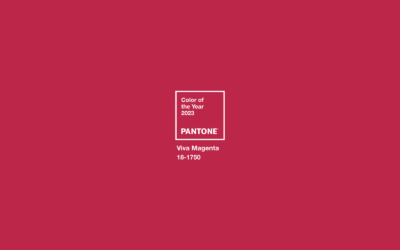The coronavirus has significantly changed the marketing landscape beyond recognition. In business after COVID we have reset most EVERYTHING. Like being last in the league standings half way through the season and now everybody has the same record. Good for some, not so good for others. In all probability the leaders before COVID will emerge the leaders after, but not all. Those willing to mix up the roster and try new plays could move way up in the standings. The main reason is CONSUMER BEHAVIOR HAS CHANGED.
In fact, 85% of consumers say they’ve changed their behavior as a direct result of Covid-19.
Following the theory that it takes 21 days to form a habit (iconic book by Maxwell Maltz), consumer buying habits are really different to where they were before the pandemic hit. I think every business owner can recognize this.
Here are some major ways the coronavirus is changing business as we know it.
1. Going digital
This was inevitable but maybe not in the hyper fast way we have witnessed. Being a digital-first brand isn’t new in any way, but it’s now critically important even in non-traditional markets like home services. Going digital doesn’t have to mean that you switch your entire business presence to a remote or virtual environment. It does, however, mean that if you have been neglecting some aspects or paying attention to things like your images, offerings or functionality.
People are less willing to pop to the shops for their every need as the experience has been all over the place because of supply disruption to a broad range of COVID procedures that vary store to store.
Some brands are taking this a step further by creating immersive experiences, entirely online, even bike shops and bakeries.
As in-person events open in varying degrees, this digital-first approach is key to getting people talking, reaching new audiences, and continuing to grow.
2. Increased demand for direct-to-consumer brands
Technology has ushered in an explosion of DTC brands over the past few years. Cutting out the middleman. This has empowered businesses to build strong customer relationships, rooted in competitive prices and the ability to adapt quickly.
DTC brands have rapidly modified their business model to continue running smoothly.
3. New ways of working
It’s shown that those long days in the office and sweaty commutes weren’t as essential as we thought. 92% of workers believe they’re well equipped to work from home.
It’s not just employees having a eureka moment. Agile businesses are also discovering the benefits of a workforce that can work anywhere, any time. Not all businesses can and will shine in this environment as we have discovered throughout COVID. Those who can and do may leap over their competitors like never before as many resources can devoted to growth and marketing in lieu of operations and physical infrastructure.

4. Focus on sustainable growth!
With budgets slashed, many businesses have to rethink their customer acquisition and retention strategies.
There’s more scrutiny than ever on marketing ROI – for many businesses, an expensive TV ad or print campaign with no trackable impact is no longer an option. Instead, marketers are turning to less traditional but more measurably effective channels, such as referral programs.
Prior to COVID, most businesses focused primarily on new customer acquisition, despite it being five times more expensive than customer retention.
The current climate will prompt more marketers to realize the untapped value of their existing customers. Instead of reducing profit margins to acquire one-off customers, marketers should focus on brand-building and customer retention strategies that engage with happy customers for long-term results.
5. Living your brand values
For too long, brands have got away with simply saying the right things. Not anymore.
Those helping during this crisis are being noticed, getting far more attention in the press and on social media than any clever marketing stunt could achieve.
The importance of brand values is reiterated by the big show of support for local businesses during COVID.
Small acts to support small business, such as ordering food from a family-run restaurant, buying vouchers for a local hair salon, or following a Zoom workout from a local instructor have a lasting impact.
In April 2020 the National Grocers Alliance said, spending at local independent grocers, greengrocers and convenience stores increased by almost 40%.
6. Moving forward
Now’s the time for your business to review how you have adapted to the current situation – and which of these adaptations they want to build upon into the future.
The coronavirus may not have changed things forever, but it has forced you to rethink your offers and supporting strategies. Given how competitive the landscape will be when we complete the emergence of this pandemic, effective long-term strategies will be fundamental to your success.



